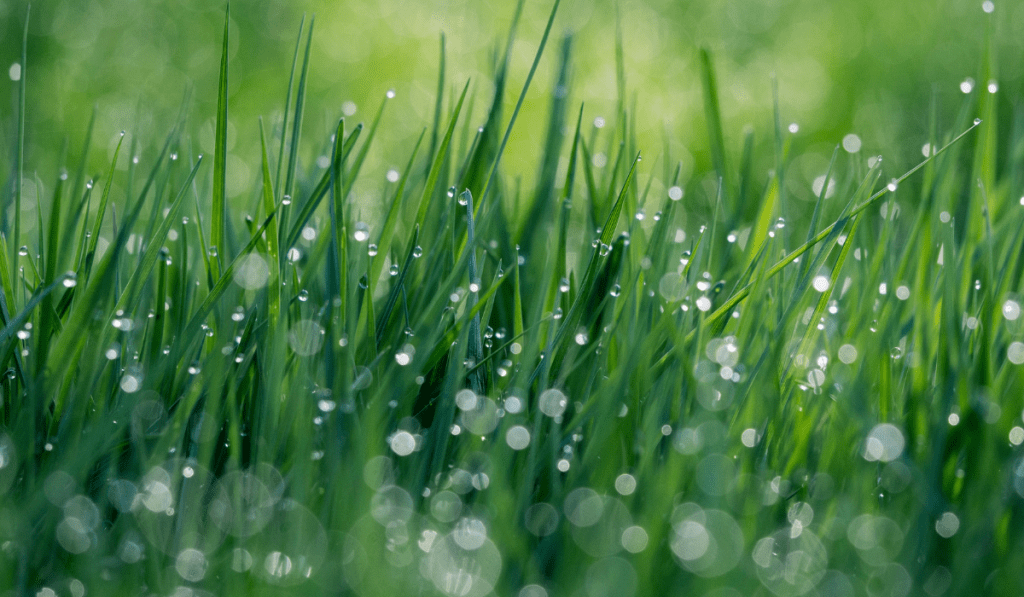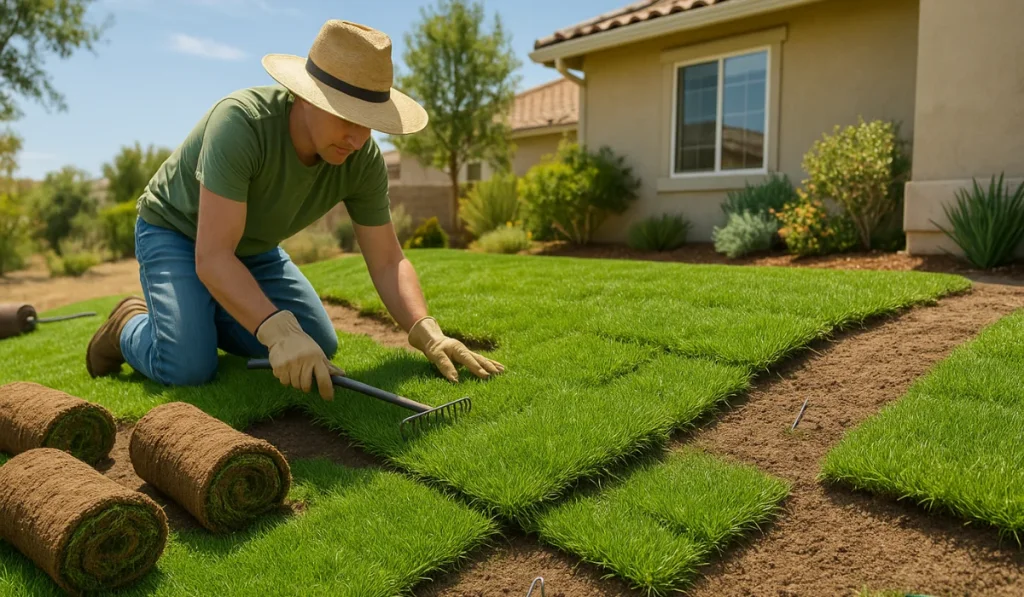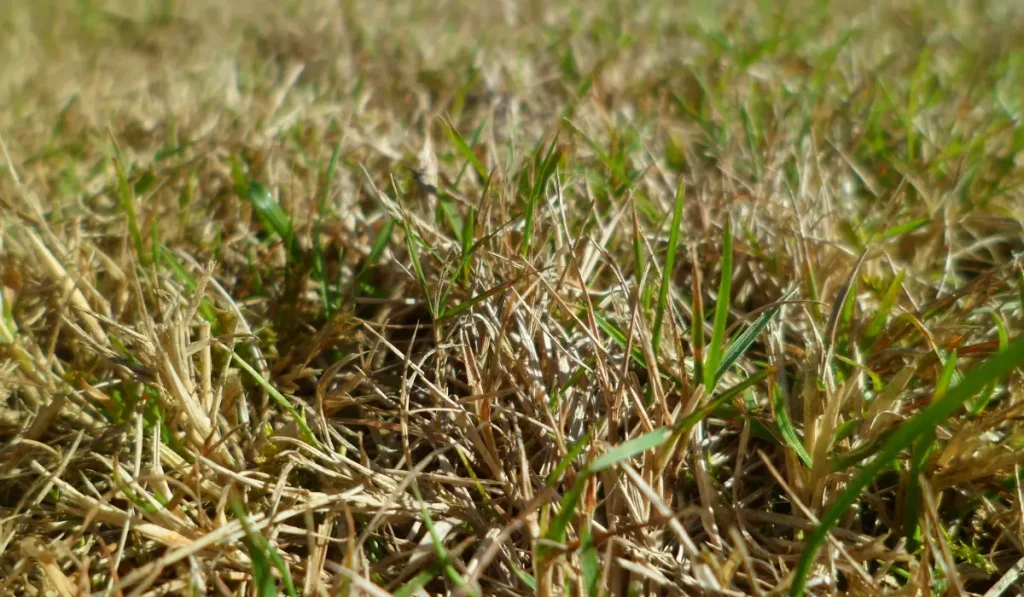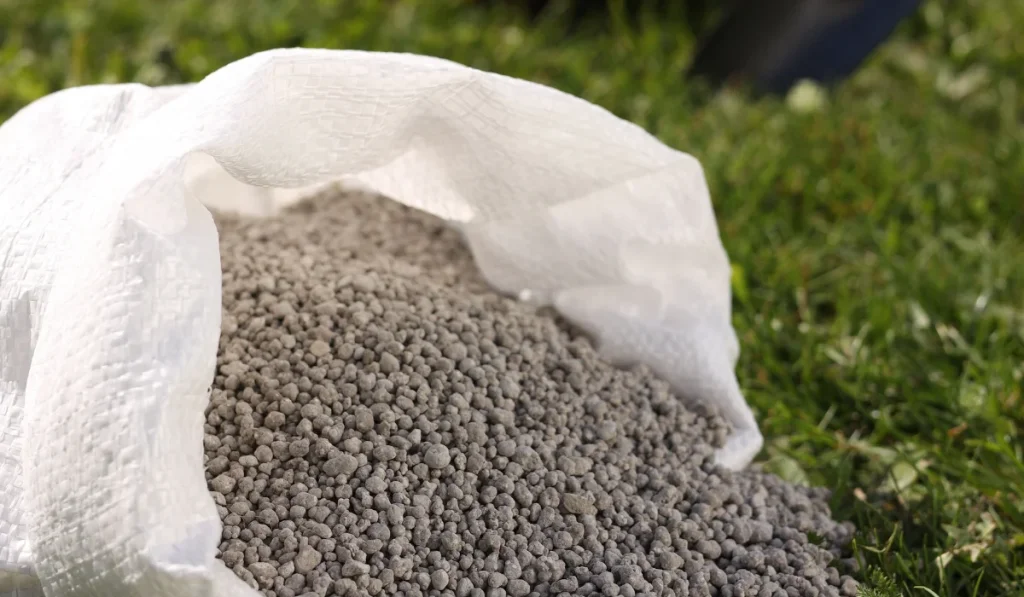On the surface, artificial turf may seem appealing for a number of reasons (less watering and maintenance), but after further research these reasons are actually misconceptions. There are a number of reasons why artificial turf is far inferior to a natural grass lawn.
Sanitation
A top reason why artificial turf is not the best choice is sanitation. Lawns are often exposed to algae growth and both human and animal bodily fluids, and while a natural lawn has the ability to self-sanitize, an artificial one does not, creating ideal locations for bacteria growth.
The cleaning and maintenance required to keep an artificial turf sanitary is costly and can be needed frequently depending on how often your turf is used. Studies have shown that bacteria can survive on polyethylene plastic (the material used to make artificial turf blades) for more than 90 days.
When being active on an artificial turf it is common to get a few minor surface cuts, or “turf burns”, that can put you at risk of easily contracting whatever bacteria is on the artificial turf.
Toxicity
The materials used to make an artificial turf are toxic, although researchers have claimed that the trace levels do not pose a risk. Studies are very limited and research on this topic is not conclusive.
One example: “Recent reports link toxic materials from the tires to a high rate of cancer among soccer goalies, who spend hours diving into the rubber crumbs, inhaling them and getting them ground into skin abrasions.”
While you may not be an athlete, anyone (especially children) can spend a lot of time playing on artificial turf in similar ways. Lead is used in artificial turf and many experts claim that no level of lead is safe.
Zinc, arsenic, cadmium, chromium, and selenium are a few other toxic chemicals found in artificial turf. Besides being exposed to these chemicals when out on the turf, the runoff after a heavy rain could contaminate the ground and drinking water.
Heat
On a hot day, artificial turf can be at least 20 degrees higher than the outside temperature. Some studies have shown the turf blades to reach between 155-175 degrees. While the temperature can be decreased by applying water to the surface of the turf, this solution usually only lasts about 20 minutes.
The obvious hazard of burns to any exposed skin means that you would need to avoid your artificial turf when temperatures are too high.
Cost
While there is maintenance involved in both an artificial and natural grass, the cost (especially the initial installation) of artificial turf is much higher. A 1,000 square foot lawn can cost up to $9,000-$11,000 for artificial turf. And while you may save water with artificial turf, there are many negative side effects to the environment.
Environment
Natural lawns process CO2, help with cooling the air and provide a habitat for essential bugs. It is easy to see that the negative effects and consequences of artificial turf far outweigh any minor conveniences or trends.



